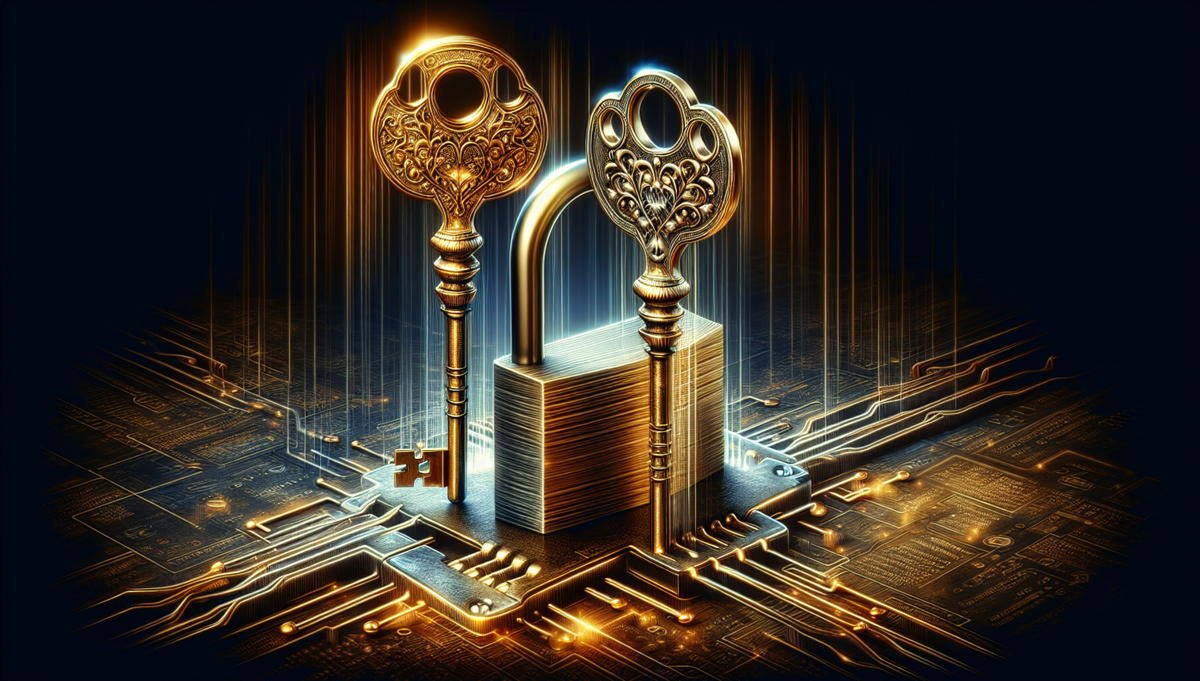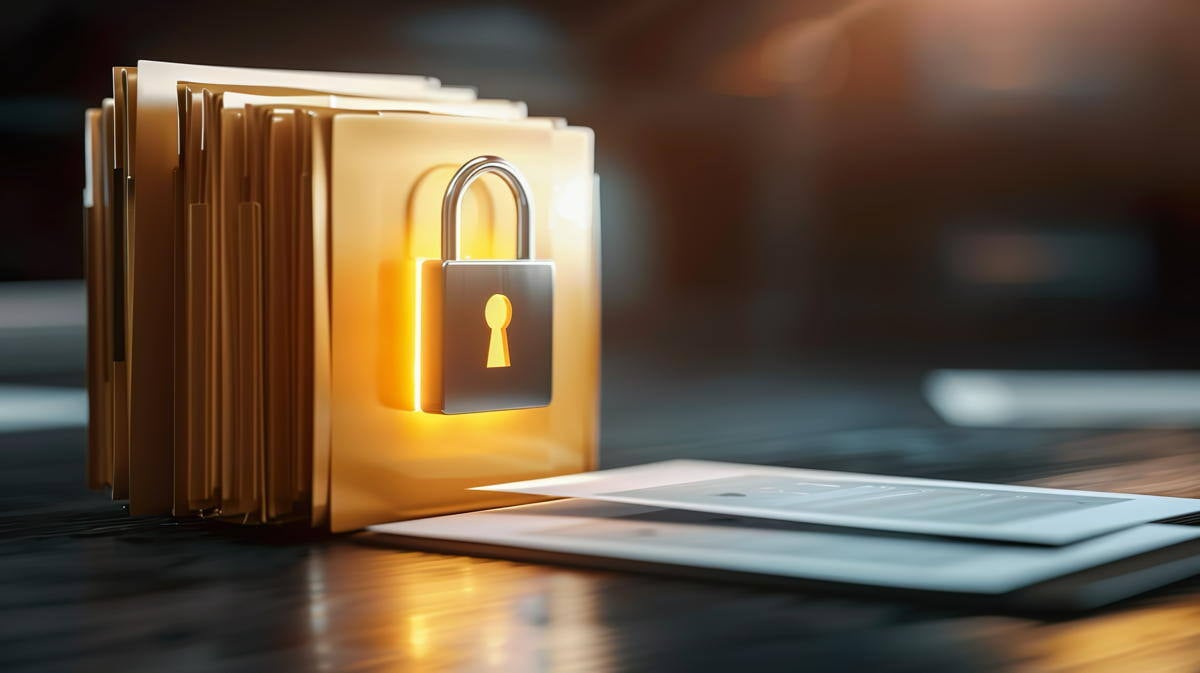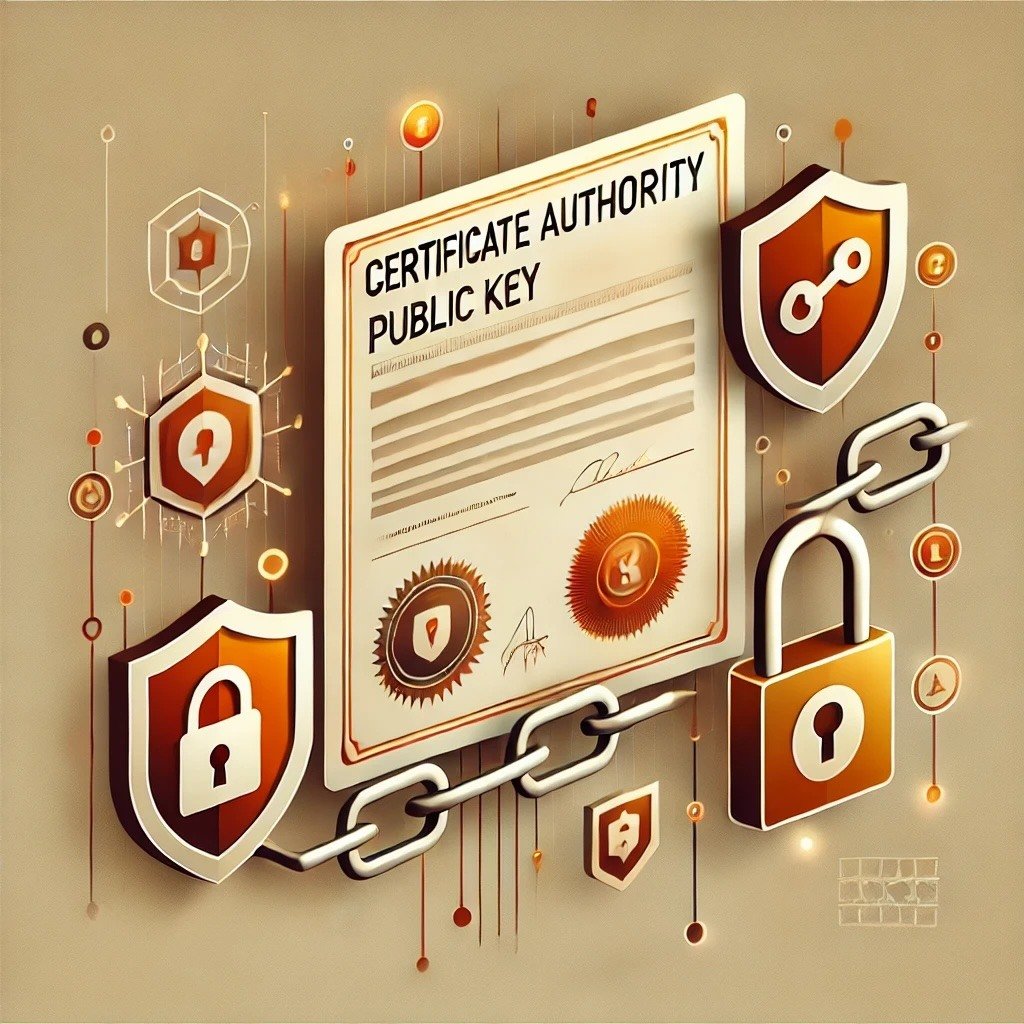In this post, we’ll explore how public and private keys work to secure information, and then discuss how they can also be used to verify identities in a digital environment.
What Are Public and Private Keys?
Let’s start by thinking about how we keep things secure in real life. Imagine you have a lockbox for important documents, and you give your friend a copy of the key so they can also lock and unlock the box. The key is special because it works both ways: it can lock the box and also unlock it.
Now, imagine that instead of one key, you have two keys that are a matched pair. One key is public—anyone can have it and use it to lock the box. The other key is private—only you have it, and it’s the only key that can unlock what the public key has locked. This is how public and private keys work in digital security.
Securing Information with Public and Private Keys
When it comes to securing information, public and private keys work as a team. They are a matched pair, meaning they are linked together in a special way. Here’s how the process works:
1. Encrypting Information:
If you want to send someone a secret message, you use their public key to encrypt (lock) the message. This is like putting the message in a secure lockbox that only they can open.
2. Decrypting Information:
The person who receives the message uses their private key to decrypt (unlock) it. Because only they have the private key, no one else can read the message, even if they intercepted it along the way.
This method ensures that the information stays secure while being transmitted over the internet. Only the intended recipient can access it.
Key Points to Remember:
- Public Key: Can be shared with anyone and is used to lock (encrypt) information.
- Private Key: Must be kept secret and is used to unlock (decrypt) information.
- You need one key to lock the information and the other key from the pair to unlock it. It works both ways—you can lock with the public key and unlock with the private key, or lock with the private key and unlock with the public key.
This process ensures that sensitive information, such as credit card details or passwords, stays private when sent over the internet.

Verifying Identity with Public and Private Keys
Now that we’ve covered how public and private keys secure information, let’s move on to how they can be used to verify someone’s identity in the digital world.
In real life, you might sign a document to prove that it came from you. But how do you prove your identity online? This is where digital signatures come into play, using the same public-private key pair.
Here’s how it works:
1. Signing a Message with Your Private Key:
When you want to prove that a message or document really came from you, you can sign it with your private key. This doesn’t lock the message, but it creates a digital signature that is unique to you.
2. Verifying the Signature with Your Public Key:
Anyone who has your public key can verify the signature. Because the public and private keys are linked, they can check the signature and confirm that it was created using your private key.
This process ensures that the person receiving the message knows it came from you and hasn’t been tampered with. Just like a handwritten signature verifies your identity, a digital signature verifies your identity in the online world.
Key Points to Remember:
- Private Key: Used to create a digital signature, proving that the message or document came from you.
- Public Key: Used by others to verify your digital signature, confirming your identity.
Why Use Two Keys?
You might wonder why we need two keys instead of just one. The reason is that public and private keys provide both security and flexibility.
- Security: Your private key is kept secret, ensuring only you can unlock certain information or sign documents.
- Flexibility: Your public key can be shared with anyone, allowing them to send you secure messages or verify your identity without compromising your private key.
Conclusion
Public and private keys are the foundation of modern digital security. They allow us to keep information private while also verifying identities online. By working as a matched pair, these keys enable secure communication and trusted interactions over the internet.
In the next post, we’ll explore how digital signatures work in more detail, and discuss the role of certificate authorities in ensuring the integrity of this system.




